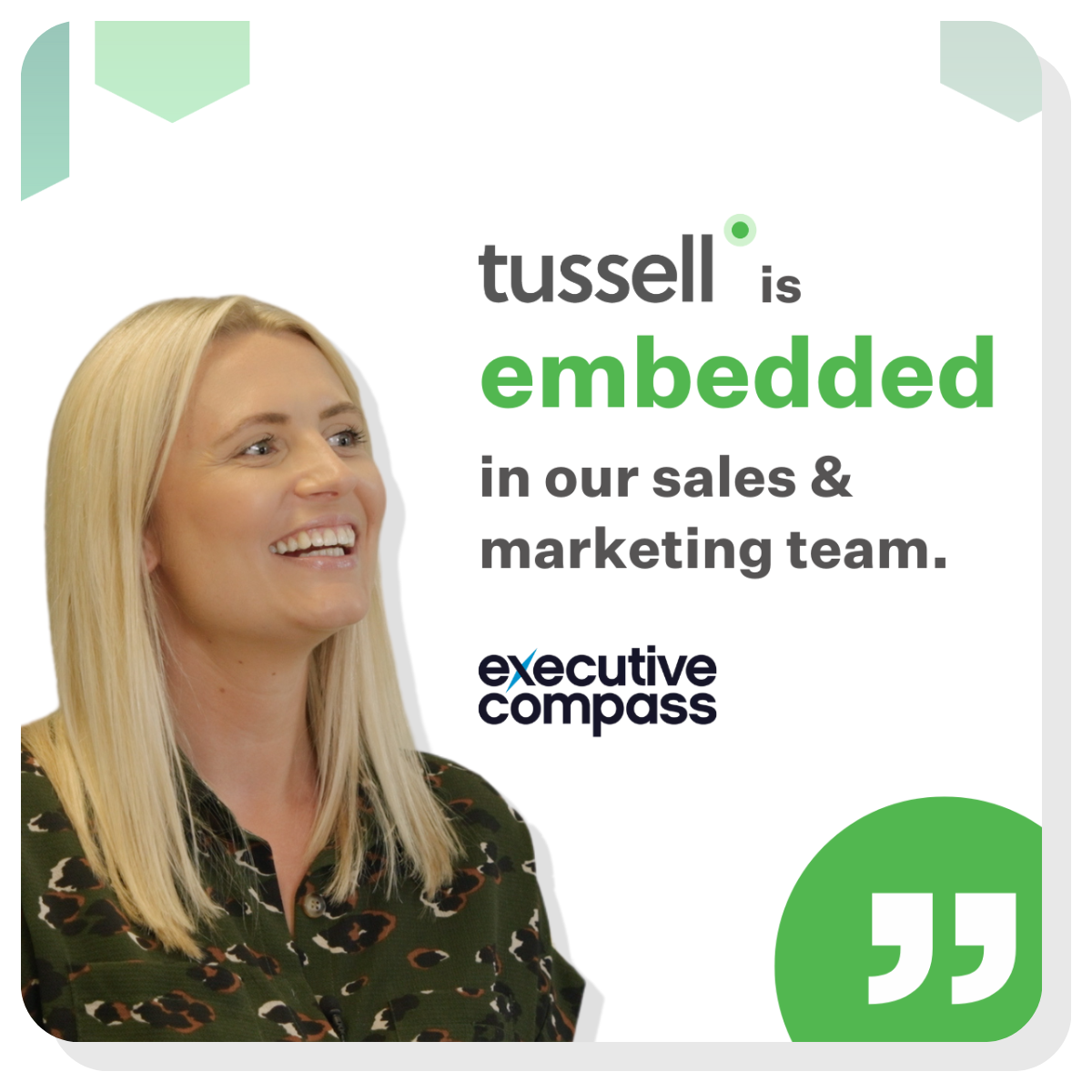Winning in the public sector isn’t just about writing a compelling bid - it’s about the groundwork you lay before the tender even drops. These 7 data-backed steps will help you target smarter, engage earlier, and bid more competitively - every single time.
1) 💼 Profile your Market
Before bidding, take a step back and look at the bigger picture. Gain clarity on:
-
Key Buyers: Who’s buying in your niche? How much are they spending? Which suppliers are they using - and renewing?
-
Top Suppliers: Who are your real competitors? What differentiates them? What kinds of contracts are they consistently winning?
-
Trends & Contracts: Which markets are growing or declining? Where’s demand increasing? Where are the gaps?
🎯 Use this insight to build a strategic pipeline - targeting the right buyers at the right time.
2) ⏰ Engage Early
Your bid should never be your first interaction with a buyer. Instead:
-
Identify pipeline notices, PINs, preliminary market engagements (PMEs), and renewals - often months or years in advance
-
Attend PMEs to network and influence the spec - particularly on areas like contract scope, innovation, or social value
⚡ Early engagement gives you foresight, context, visibility - and sometimes influence.
3) 🏛️ Profile the Buyer
Know who you’re selling to - and what pressures they face. Before you bid:
-
Find key stakeholders for outreach and marketing
-
Spot overspend, over-reliance on certain suppliers, and specific buying habits
-
Use anonymised FOI requests to discover insights like: Are they meeting relevant policy targets? What does their current setup look like? What KPIs or outcomes matter most?
🧠 The more you know about the buyer, the sharper and more relevant your bid will be.
4) 🔎 Find the Right Frameworks
Frameworks aren’t optional - they’re essential. Make sure you:
-
Identify which frameworks your buyers favour
-
Track upcoming frameworks in your space - and get on them before opportunities go live
-
Spot which competitors are already on key frameworks - and plan how to differentiate against them
🔍 No framework access = no visibility = no chance. Don’t get left behind.

5) ⛏️ Dig into the Incumbent
Understand what - and who - you’re up against.
-
Identify the incumbent supplier - including contract value, start/end dates, and actual spend
-
Track if contracts are being extended, re-tendered early, or quietly renewed - a sign of buyer satisfaction (or dissatisfaction)
-
Compare old vs new tender notices to detect shifts in procurement priorities or spec
-
When relevant, find out whether KPIs are being met
📉 Spot weak incumbents. Find gaps. Position your offer accordingly.
.png?width=1920&height=1080&name=5%20trends%20for%202025%20(2).png)
6) 📜 Read the Tender Documentation Carefully
Yes, it sounds obvious - but even seasoned bidders miss the fine print.
Make sure you:
-
Double-check the evaluation weighting, pricing model, and mandatory criteria
-
Look for document inconsistencies across portals - sometimes key annexes are only posted in one place
📎 A single overlooked requirement can disqualify your bid. Be meticulous.
7) ⚖️ Decide: Bid or No Bid
With this prep complete, you’re ready to make the most important call:
-
Can we meet the requirements competitively?
-
Do we have a relationship with stakeholders?
-
Do we have relevant evidence or case studies?
-
Is this a strategic opportunity, or are our chances low?
✅ Bidding smart means knowing when to walk away - and when to go all in.
Ready to unlock public sector growth?
💡 Pro tip: Tussell makes every step faster, sharper, and more evidence-based - so you can focus on writing winning bids, not chasing fragmented intel.
Book a short 10/15-minute chat with the team to learn if Tussell is right for your business.




%20v1.png)







.png?width=815&height=200&name=For%20skills%20how-to%20%20(3).png)
.png?width=815&height=200&name=For%20skills%20how-to%20%20(1).png)


